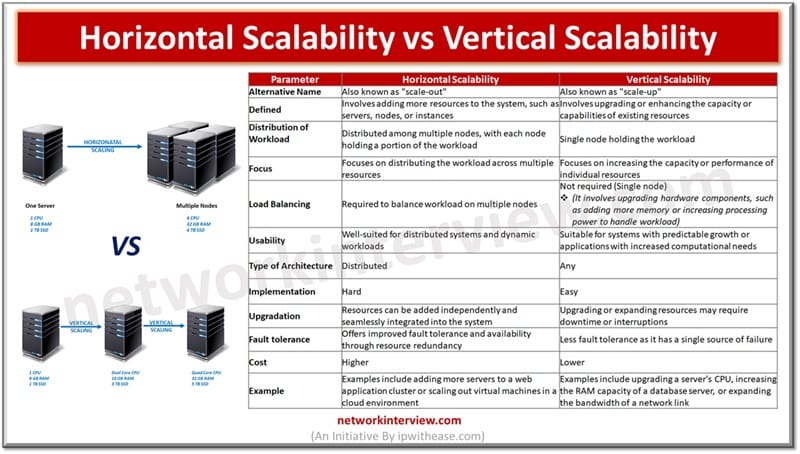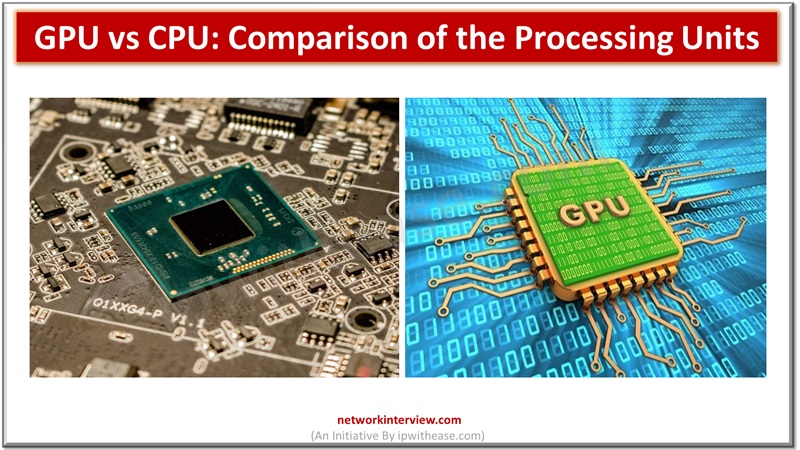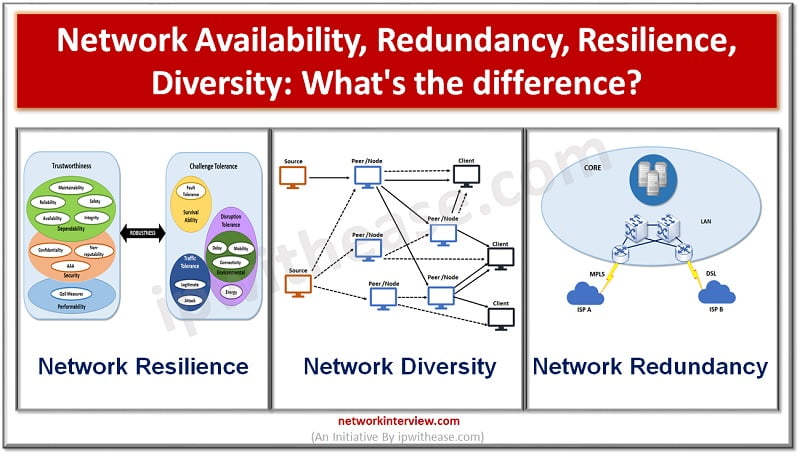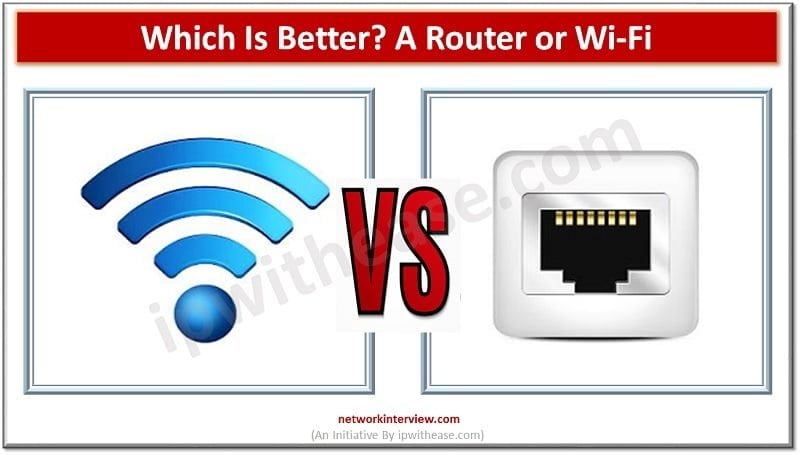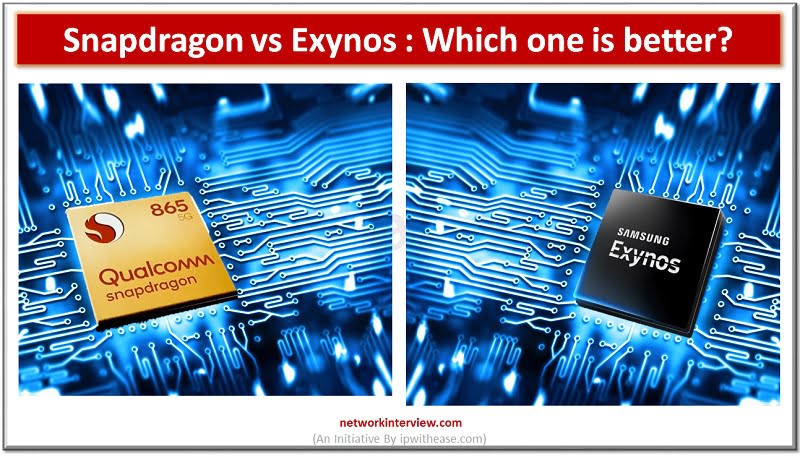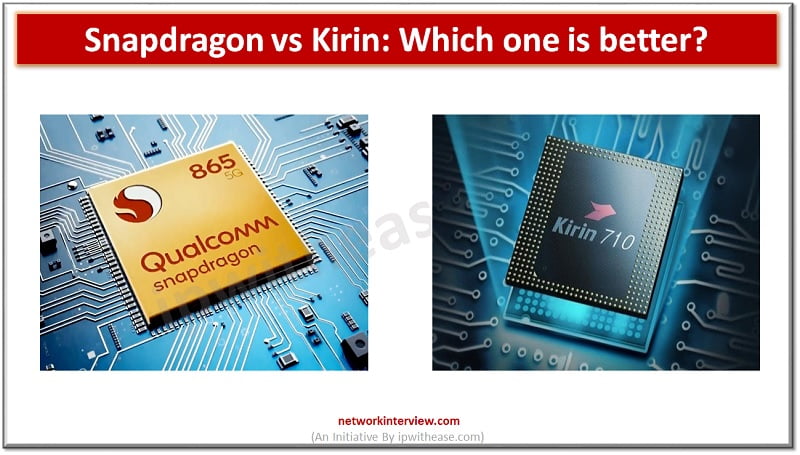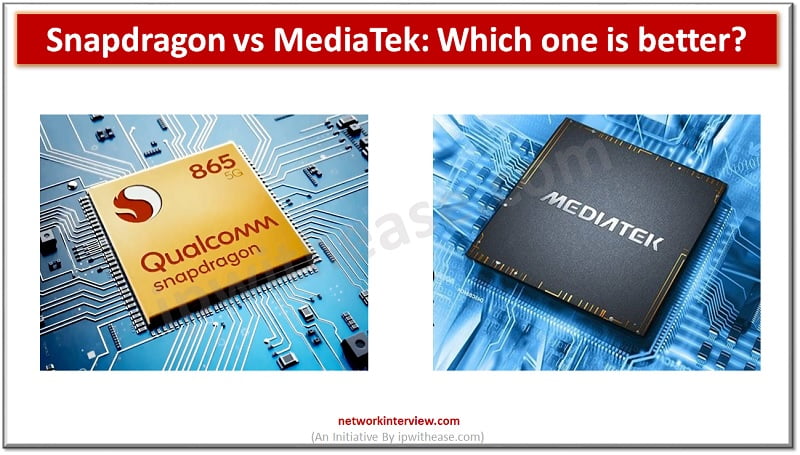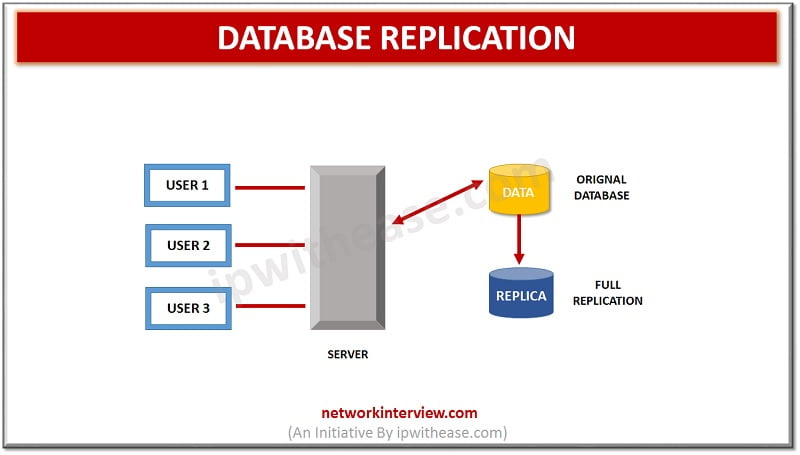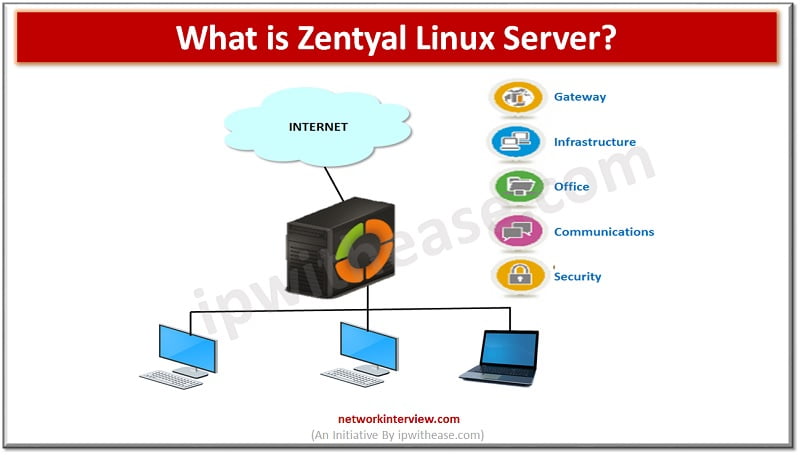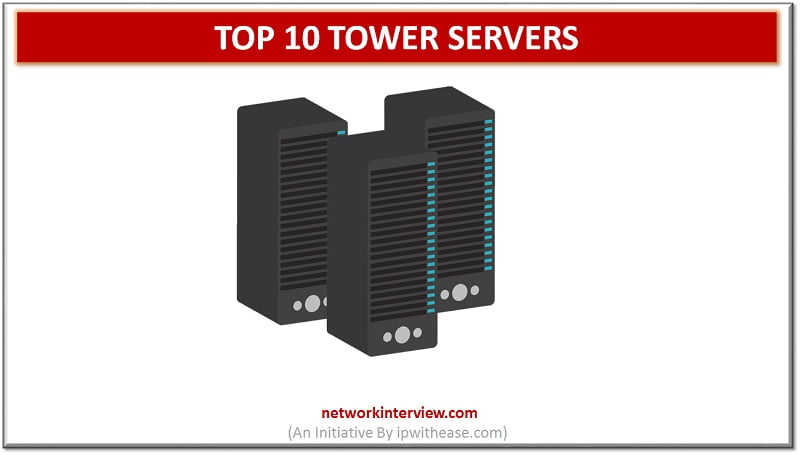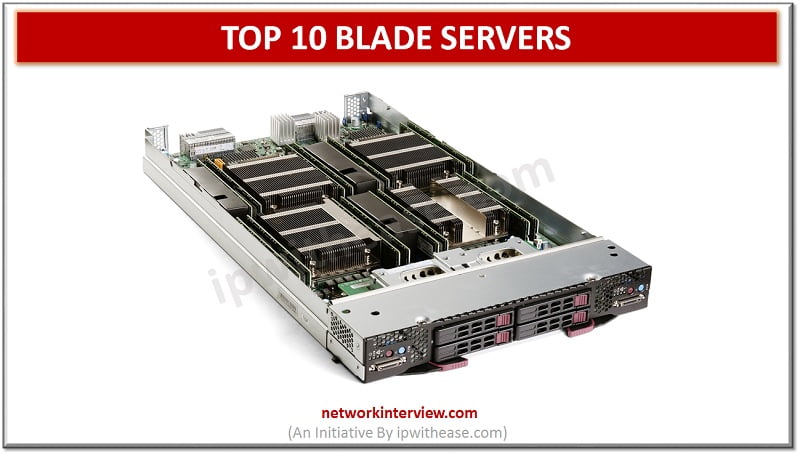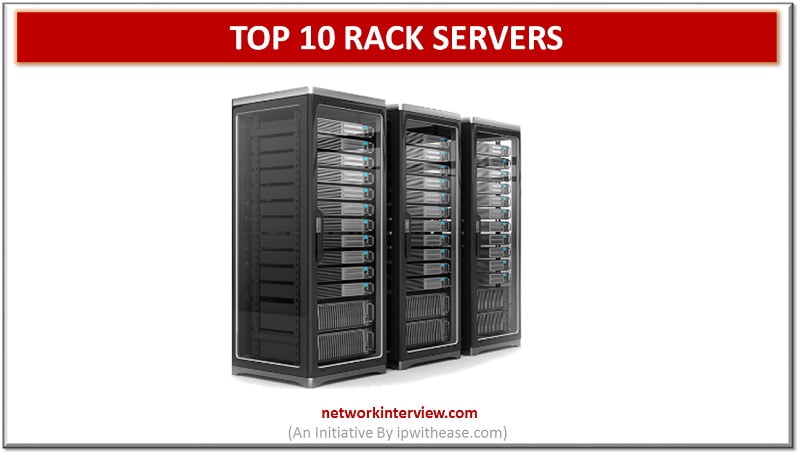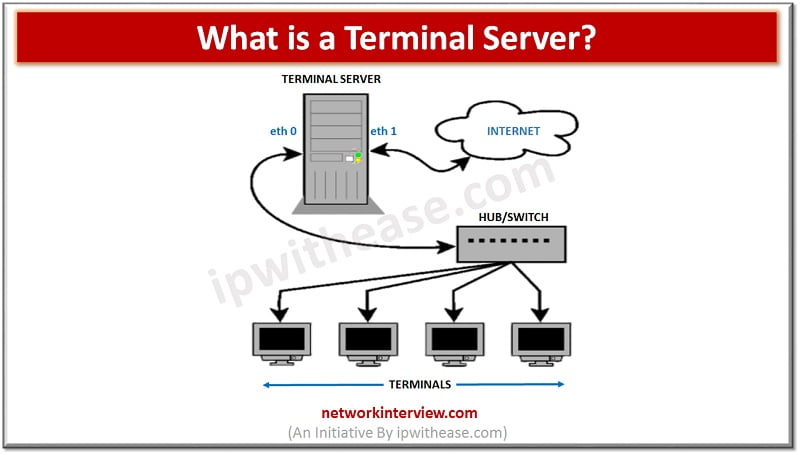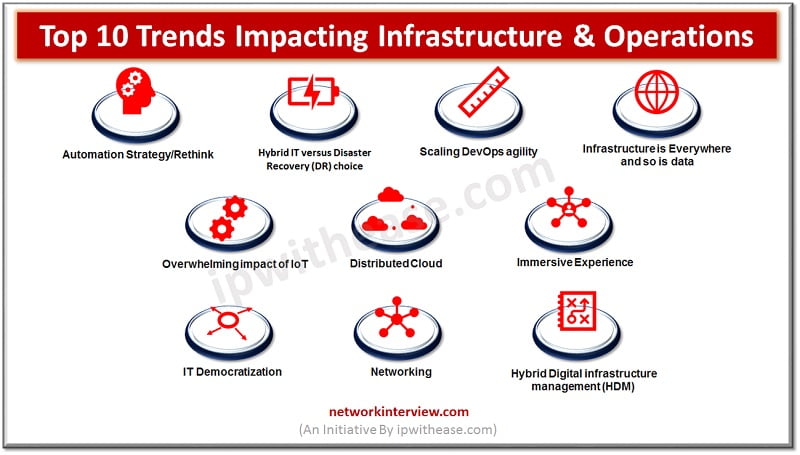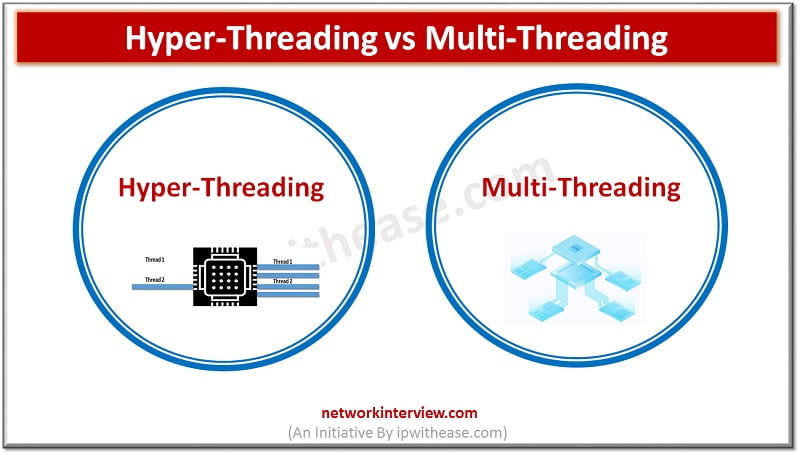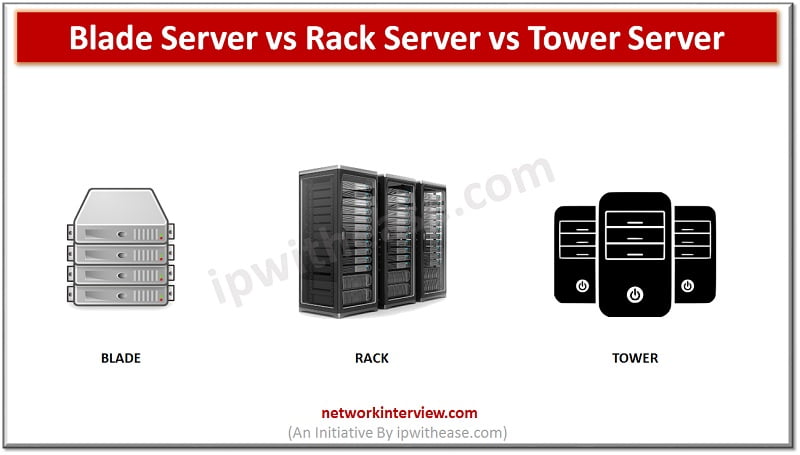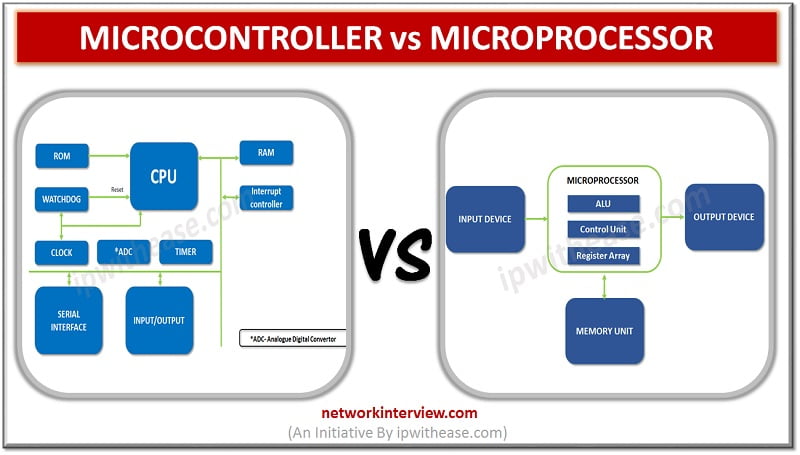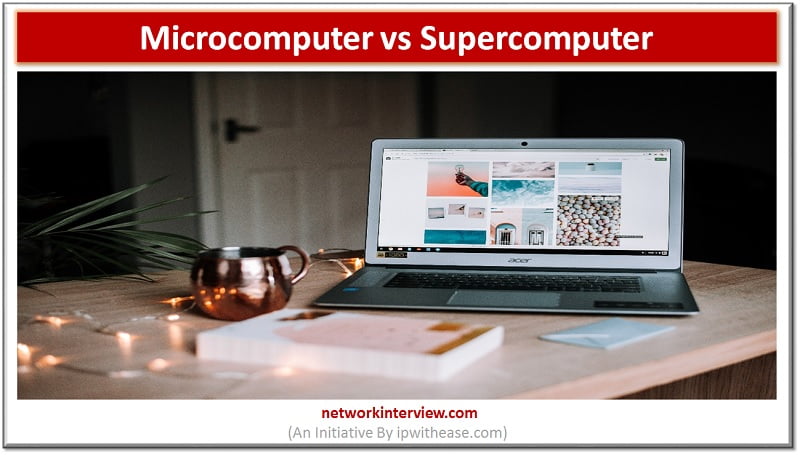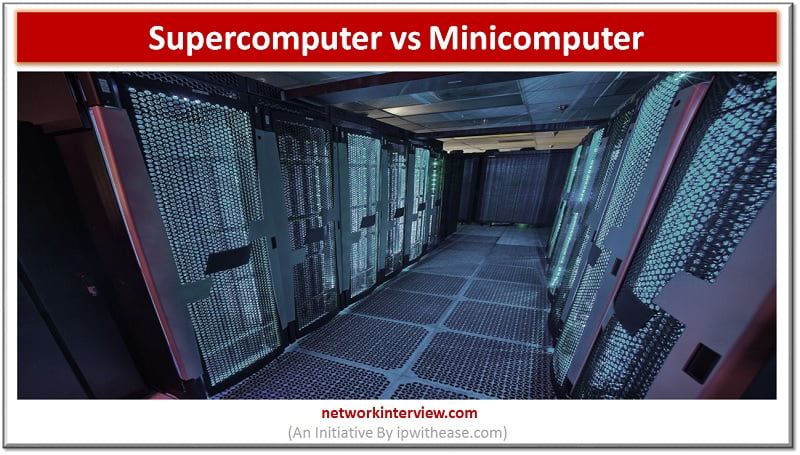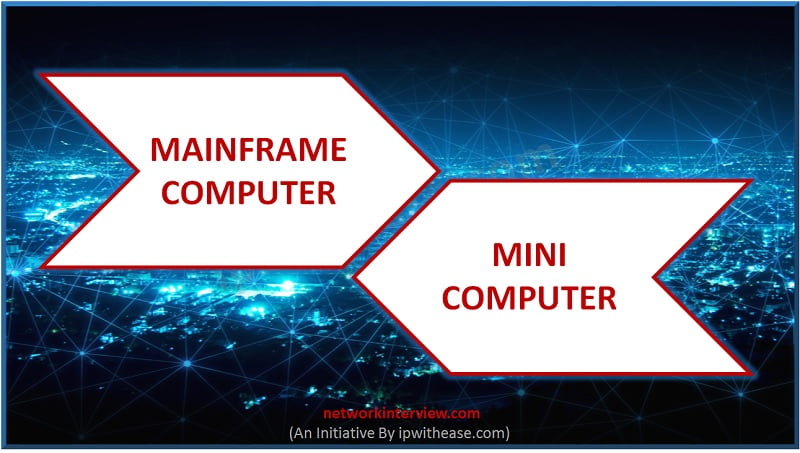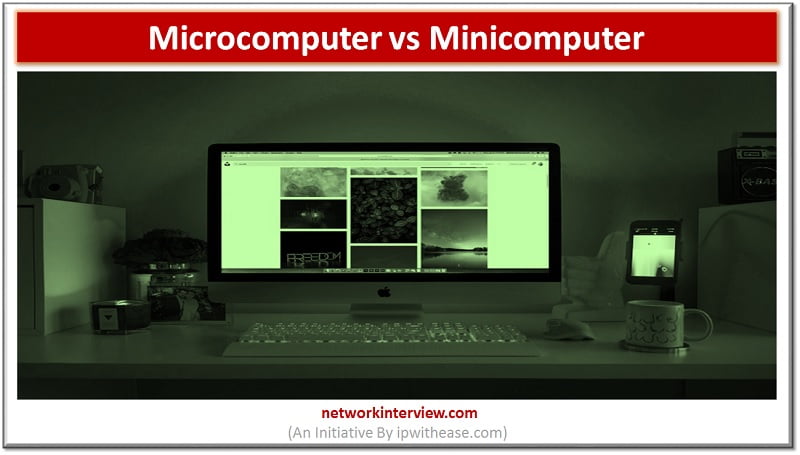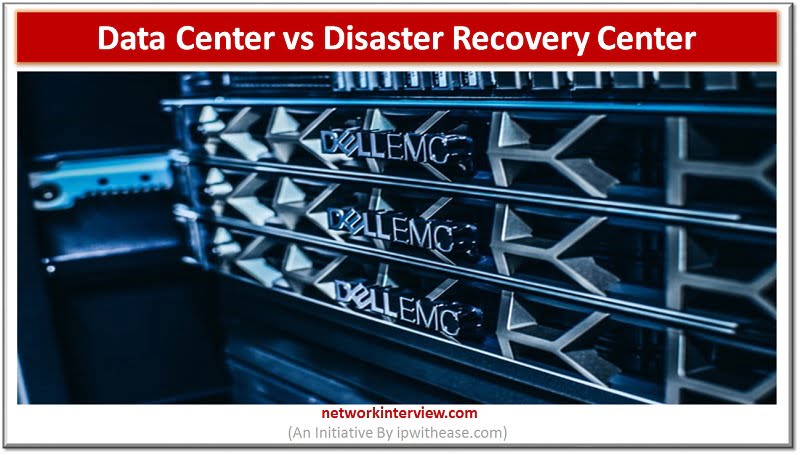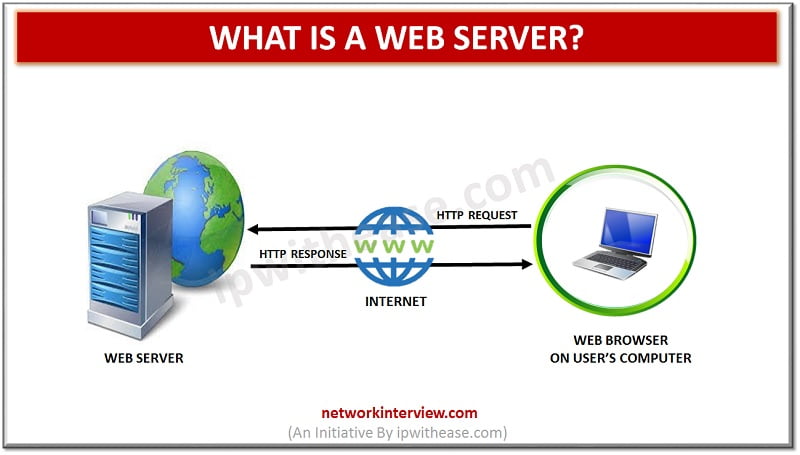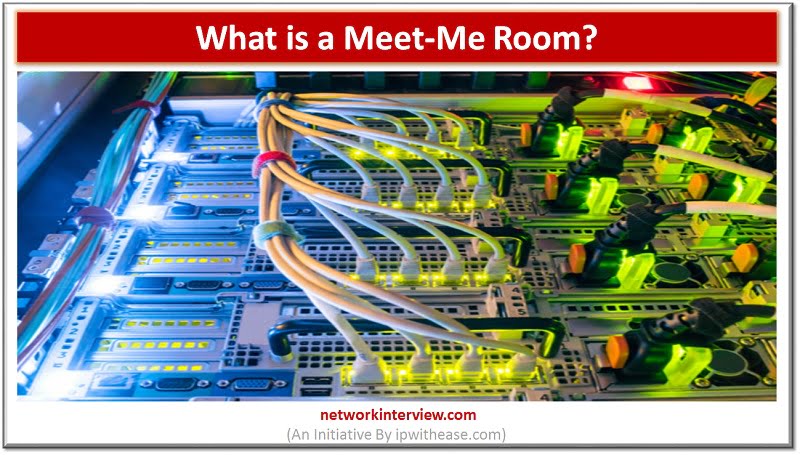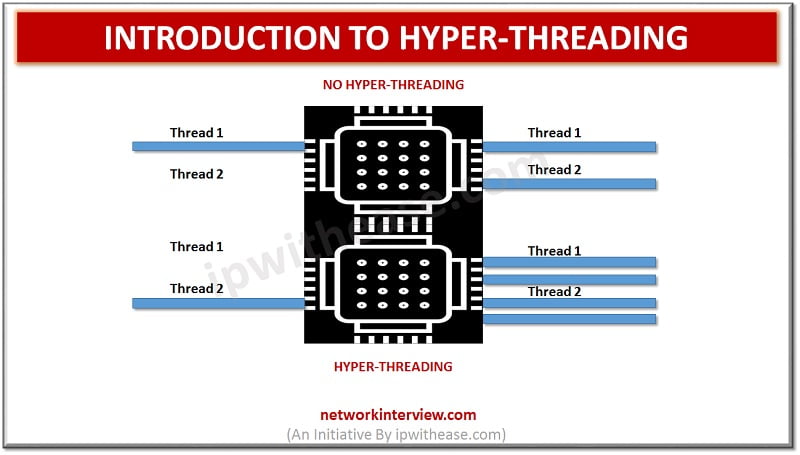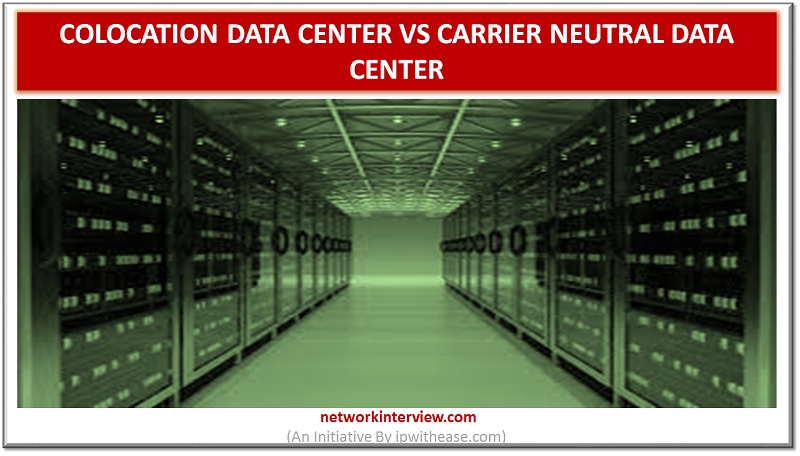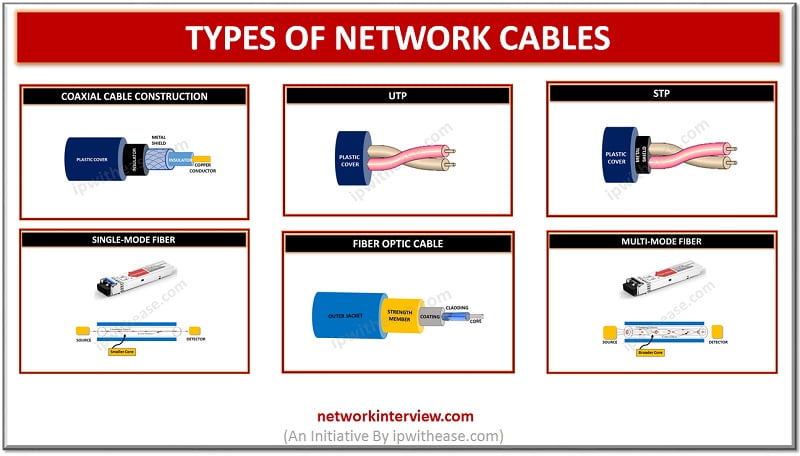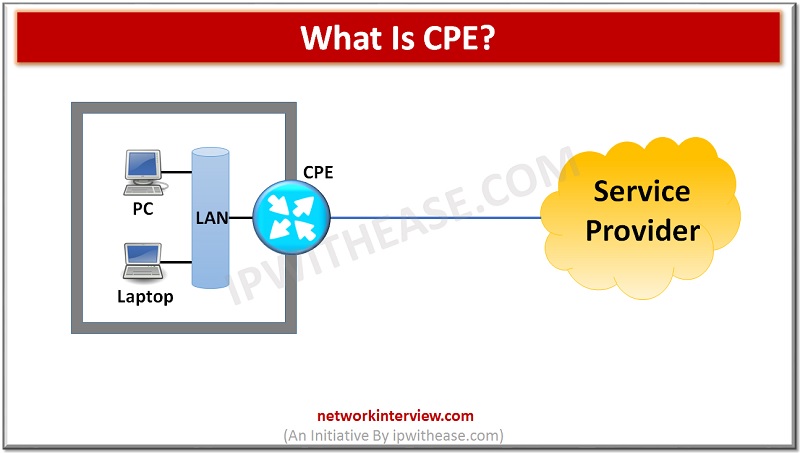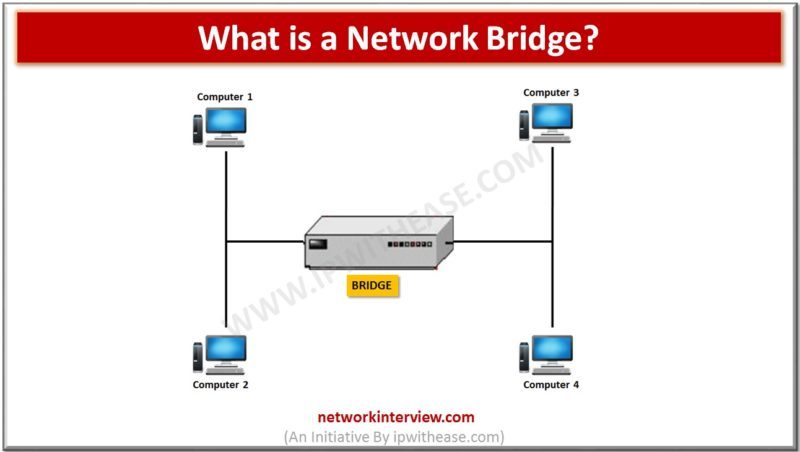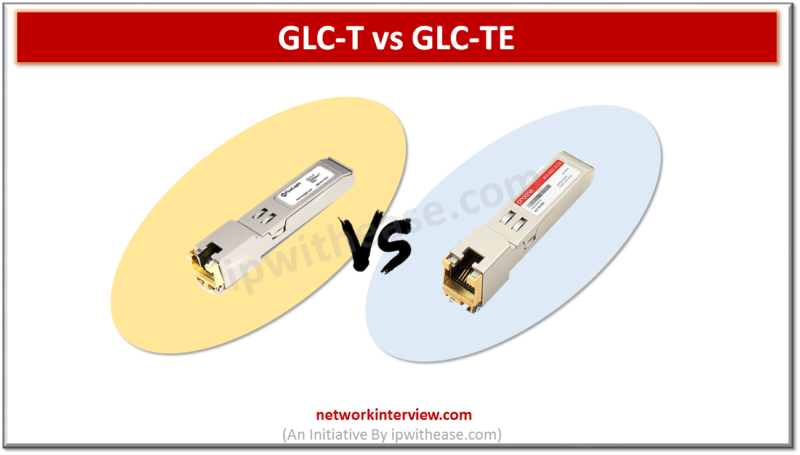When your business starts to grow and your applications require more accessibility, power, and performance, you may need to consider either scaling up or scaling out. It’s a common question that arises, and the answer depends on your specific needs …
Without CPUs and GPUs, computers couldn’t function. The CPU’s control unit organizes several tasks and executes memory instructions as the computer’s “brain”. The graphics processing unit (GPU) has expanded to do many computational processes despite its origins in visual rendering. …
As critical organization infrastructures are moving onto cloud and relying more on Internet networking services it is essential for networks to be resilient having ability to provide and maintain an acceptable level of service in the event of faults and …
When talking about the internet, there are two different kinds of internet connections that you can have, you could have either a wired connection or a wireless connection. While you are using a wired connection, you need to use a …
If you’ve invested in a new gaming laptop, chances are that you want to use it as much as possible and spend all your spare time enjoying your favourite games or trying new ones. However, heat is something that your …
Have you ever bought a Samsung Phone which has a different processor than your friends? Yes, the Samsung Mobiles uses two processors for all their models. The mobiles with Exynos processors are sold in Asian and European countries whereas the …
Hey guys, here is another neck-to-neck comparison. Recently Snapdragon and Kirin have announced their new model which has created waves among tech enthusiasts. You can’t decide the winner until they are released, but so far who is the winner? If …
When selecting a smartphone or tablet one of the important features to check is the Processor. To be correct they are not processors in the technical circle, it’s called System on a Chip (SOC). The Snapdragon and MediaTek are the …
Database replication: Sneak Preview Highly competitive and agile market demands businesses to run 24*7 and ensure data availability and accessibility with improved resilience and reliability. Data replication technologies help businesses to quickly recover from a disaster , catastrophe, hardware failure, …
Introduction to Zentyal Server In the IT community, with the term Zentyal Server (previous eBox Platform) we define a unified network server that provides simplified and efficient computer network administration services for small and medium size organizations. The main ability …
Tower servers are most prevalent in the small businesses today. They provide processing power for everything from serving files and databases to systems management and corporate networking. They are well suited for businesses looking for purchasing their first server as …
Enterprise organizations have adopted blade servers for hosting on large scale for mission critical applications which rely on scalability and availability. Blade servers perform ancillary functions such as power supply management, cooling and some network functions. It is a data …
Rack servers market is dominated by few vendors as market consolidation and acquisitions have taken up pace in the last couple of years. There are top three providers in this domain namely DELL EMC, HPE and IBM which capture almost …
Introduction to Terminal Server Nowadays in the IT community we define with the term Terminal Server, any hardware device or computer server that provides terminals, such as PC computers, printers and other devices with a common connection point to a local …
Introduction to Infrastructure & Operations Organizations need to support digital infrastructures as infrastructure trends now focusing on new technologies such as Artificial intelligence (AI), Edge computing to support rapidly growing IT infrastructure and support agile business needs parallelly. In this …
Introduction to Processing Techniques Most CPU manufacturers try to achieve high CPU performance by increasing clock speed and cache sizes but that still does not let full potential utilization of CPU power. To make more efficient use of CPU power, …
Introduction Servers comes in different shapes, sizes, and configurations. Organizations take decisions about which servers to deploy depending on availability of data center space, performance, budget, and scalability. In this article we will explore more about various types of servers …
Microcontroller and Microprocessor both are integral part of computers and other components such as automobiles, telephones, appliances etc. In this article, we will understand the differences between the two and about its usage. Microcontroller Microcontroller’s history is dated back to …
Introduction In this article, we will learn about some terminologies associated with computers. There categorization and classification are based on their size and data handling capabilities. Let’s understand the difference between Microcomputer and Supercomputer. What is a Microcomputer? Another name …
Different types of computers are in use today. There classification is based on their functionality, size, speed, and cost. Based on size, speed and functionality computers are classified into four categories. In this article, we will take a look at …
Mainframe dominates 87% of credit card transactions and 71% of fortune 500 companies operations are run through Mainframes. Minicomputers changed the digital landscape and were designed for direct interaction between systems and its users. We would learn today about Mainframe …
In this article, we will understand about some terminologies associated with computers. The categorization and classification is based on their size and data handling capabilities. Let’s realise the difference between Microcomputer and Minicomputer. Microcomputer Microcomputers came into existence and become …
When we talk about IT Setups and IT infrastructure we come across some terms and we wonder what the difference between them could be. Today we look at two common terminologies: Data center and Disaster Recovery Center, we come across …
Introduction In this article, we will discuss what is a web server? Its types, use and examples. The term “Web Server” is defined as a server software or hardware that is designed to handle client requests on the World Wide …
Meet Me Room (MMR), is also known as ENI (External Network Interface) or MDA (Main Distribution Area) is a small but very important space inside the data center, where the ISP connect with one another and exchange data before distribution …
What is Hyper-Threading? Hyper-Threading (HT) concept was introduced by Intel on desktop CPUs with the Pentium 4 HT. Pentium 4 is a single CPU core and cannot perform multi-tasking and in order to address this situation, Hyper threading allows the …
Colocation vs Carrier Neutral Data Center With introduction of new infrastructure services focused at providing smooth application access for customers, there have been new and improved cost effective solutions w.r.t Data Center Infrastructure services like power, space etc and Multi …
The medium that allows traveling of information through it from one device of network to other is termed as network cable. Selection of the cable type for the network is dependent on factors such as topology, size and procedure of …
CPE stands for Customer Premises Equipment. When it comes to telecommunication terminology, any of the telecommunication equipment that is either sold or rented/leased by the official carrier to any of their customers and that equipment is installed in customer’s location …
A network bridge is a device that can create a single network from different and multiple network segments. In other words, it can connect the two or more networks. The function used here is called Network Bridging. There is a …
The differences between GLC-T and GLC-TE are as follows – SOURCE:https://ipwithease.com

